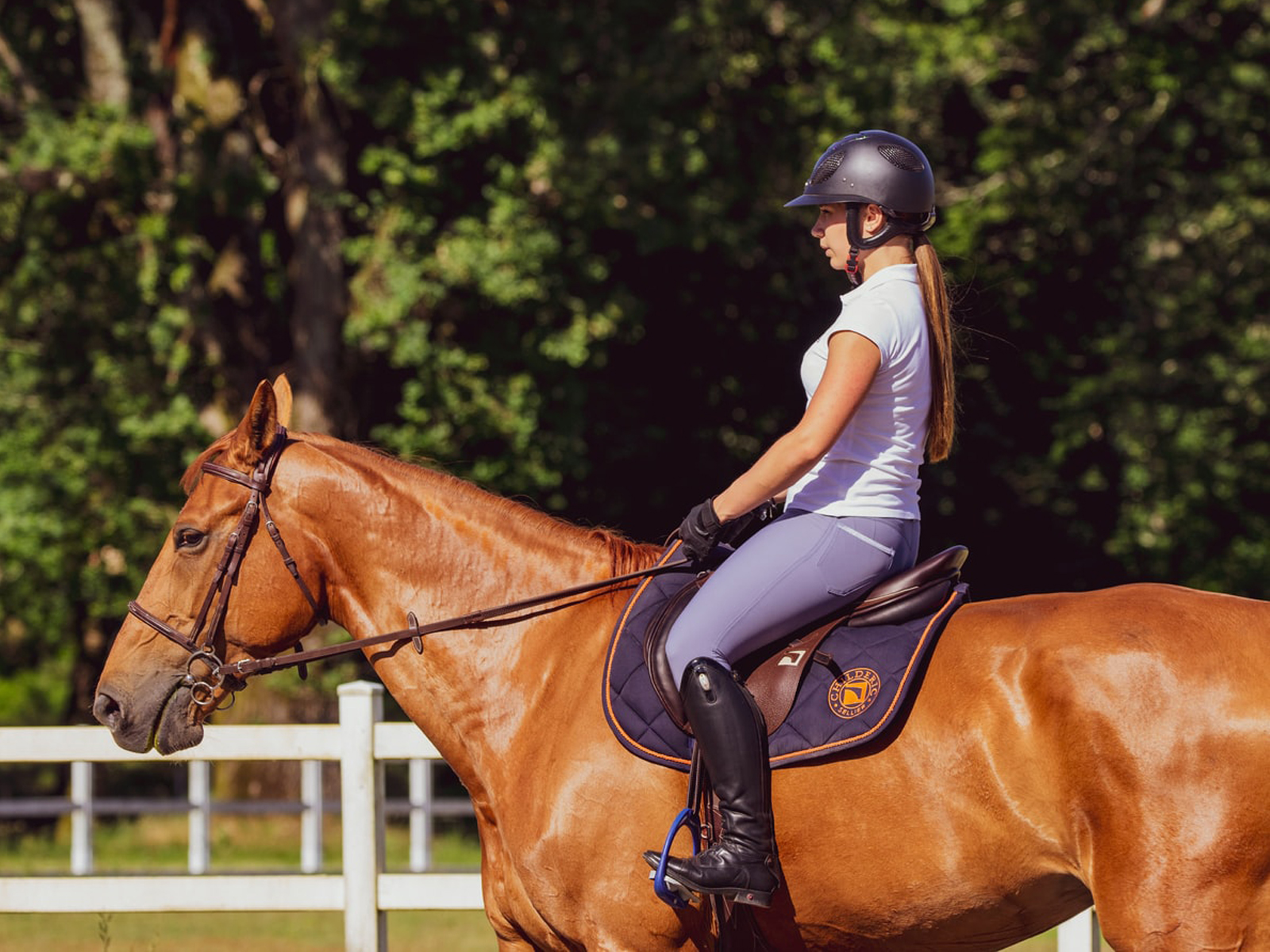By Lois Babcock
Some are surprised to hear that blind or visually impaired people are able to play golf—yet blind golf has been around for many years. The Canadian Blind Golf Association was established in 1951 and functioned until the mid 1980s, when regional groups were formed. Canadian blind and visually impaired golfers now get together to enjoy the game of golf through activities organized by the Western Canadian Blind Golf Association, Ontario Visually Impaired Golfers (OVIG) and Blind Golf Canada.
A notable Ontario blind golfer, Claude Pattemore, took up golf three years after losing his sight in a dynamite explosion in 1948. By the following year, he had become the best blind golfer in the country. He remained one of North America’s premier blind golfers for more than 20 years, and was inducted into the Canadian Golf Hall of Fame in 1996 and the Ontario Golf Hall of Fame in 2000.
The rules
Blind golf applies the usual rules of golf, with a few minor adaptations. Each player has a sighted coach, who assists the player in getting set up to make contact with the ball and can stand behind the golfer to help with lining up. The coach can also use voice commands to help with direction. Visually challenged golfers may also “ground” their club in a sand trap.
National and international blind golf groups use the following sight classifications:
• B1: No sight at all up to light perception, but not able to recognize the shape of a hand at any distance.
• B2: Sight is from recognizing the shape of a hand: up to zero to five per cent vision.
• B3: Sight is better than 2/60 but does not exceed five to 10 per cent vision.
OVIG does not use this classification. However, its members must hold a valid CNIB client card. The mission of OVIG, which incorporated as a not-for-profit entity in 1991, is to bring blind and visually impaired people in Ontario together to learn and play the game of golf. Events are held at various golf courses between Toronto and London from May to September. At this year’s Provincial Championship, which will take place in Hamilton on August 12–14, OVIG will welcome participants not only from Ontario, but also from other provinces of Canada.

A personal experience
My husband, Glenn Babcock, has been an OVIG member for the past 28 years—ever since moving to Ontario from his home province of Nova Scotia. We have enjoyed playing golf and getting to know the other visually impaired golfers and their coaches. They all have their own unique personalities!
We have had the privilege of participating a number of national tournaments from Nova Scotia to British Columbia. We have also travelled south of the border, to compete in events organized by American Blind Golf in Ohio and Texas. We have even played in international competitions in Northern Ireland, England and Australia. In November, Glenn will travel to Japan to play in an International Blind Golf Association event. We have been very fortunate to be able to travel and participate in these events, as they have given us an opportunity to meet and become friends with people that we never would have met otherwise.
In international competitions we have found that, while all of the participants want to play well—for their own sakes and to represent their countries to the best of their abilities—they still all cheer for each other. To be honest, all golfers have had a day in which not much has seemed to go their way. That said, everyone enjoys themselves. Such events present an opportunity to be out on the course, playing the game they love and socializing with others. After the golf, the players get together at the 19th hole and tell each other about their rounds (sometimes in considerable detail!). They celebrate their successes and commiserate with each other over the shots that didn’t go where the golfer had intended. It’s a good group of people.
For many golfers, both fully sighted and visually impaired, a hole-in-one seems like an unattainable dream. But Glenn actually got one at OVIG’s annual Colin Kressler fundraising event in July 2012. It was very exciting! A friend of ours in Australia, Gary Sargent, a B2 player, recently got his second hole-in-one. It can be done!
Glass half full
Vision loss, whether it occurs as a result of a medical condition or an injury, is a devastating, life-changing event. Blind golfers are those who see their glass as being half full. After experiencing vision loss, it is possible to take up the game of golf or to participate in another sport you love. You just have to go about it differently.
When asked what advice he might have to offer others with vision loss, Bruce Hooper, co-director of American Blind Golf and a B2 player, reflected, “I don’t think I‘ll ever play golf as well as I did when I was sighted, but I might. I really think I might. So I’d say to people, keep trying. Use your talents, love what you’re doing. It’s a wonderful life.”
Lois Babcock is a board member for OVIG and organizes OVIG events.












